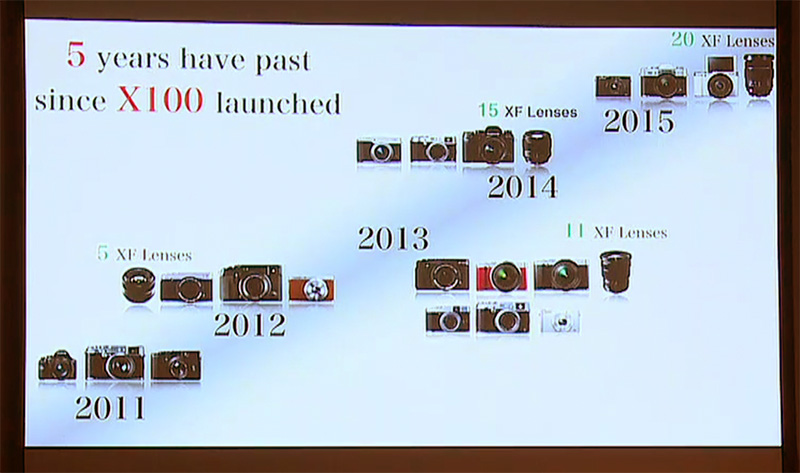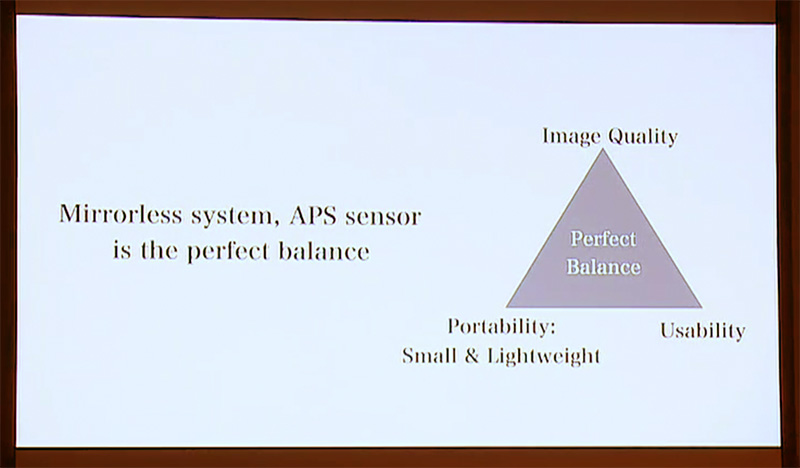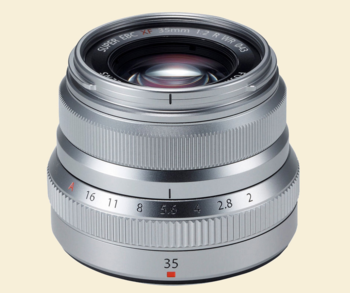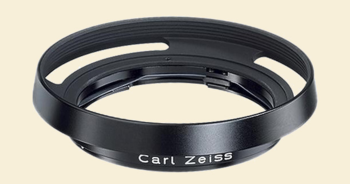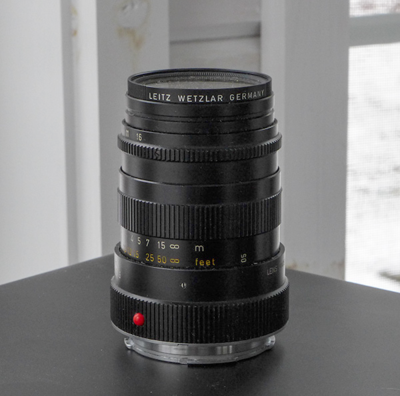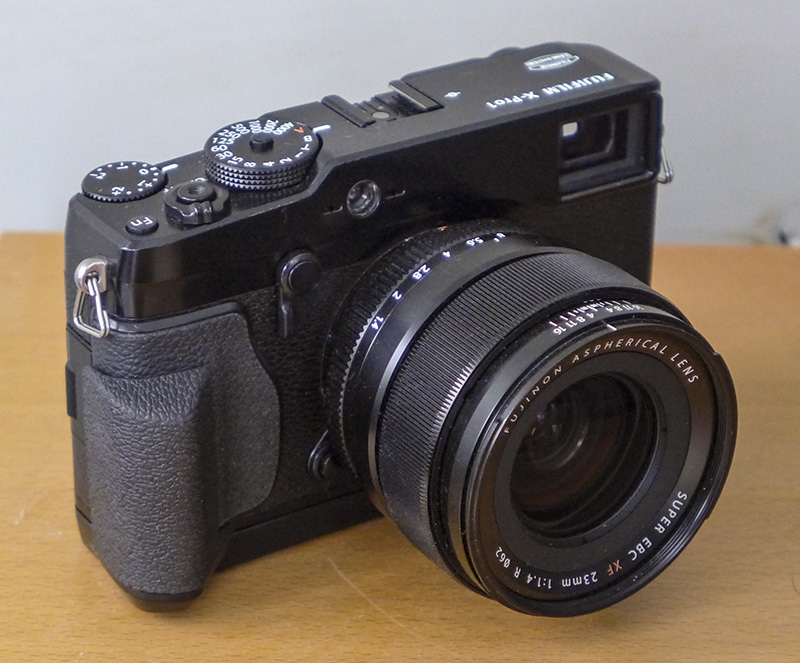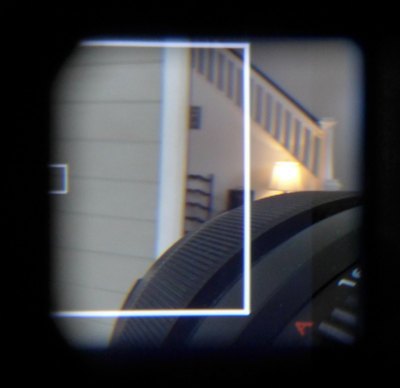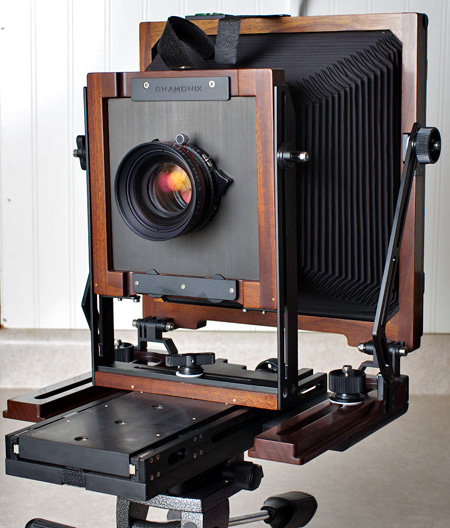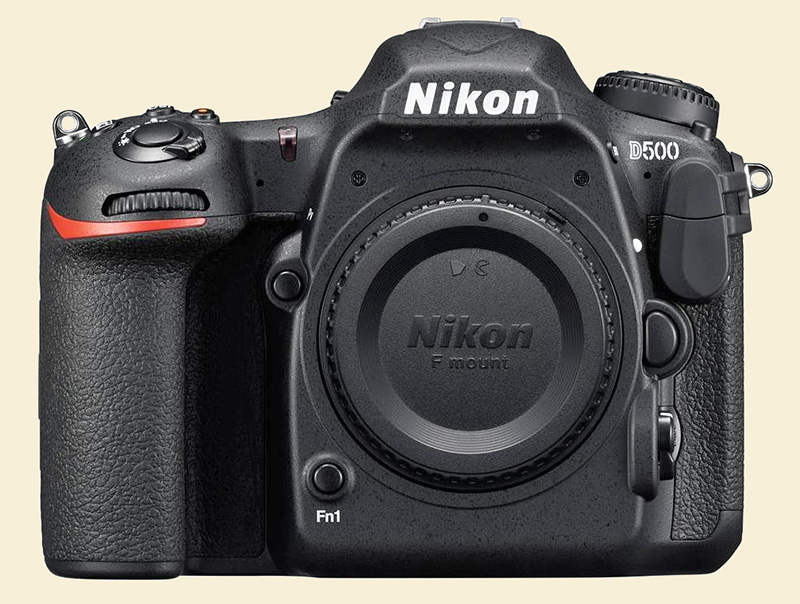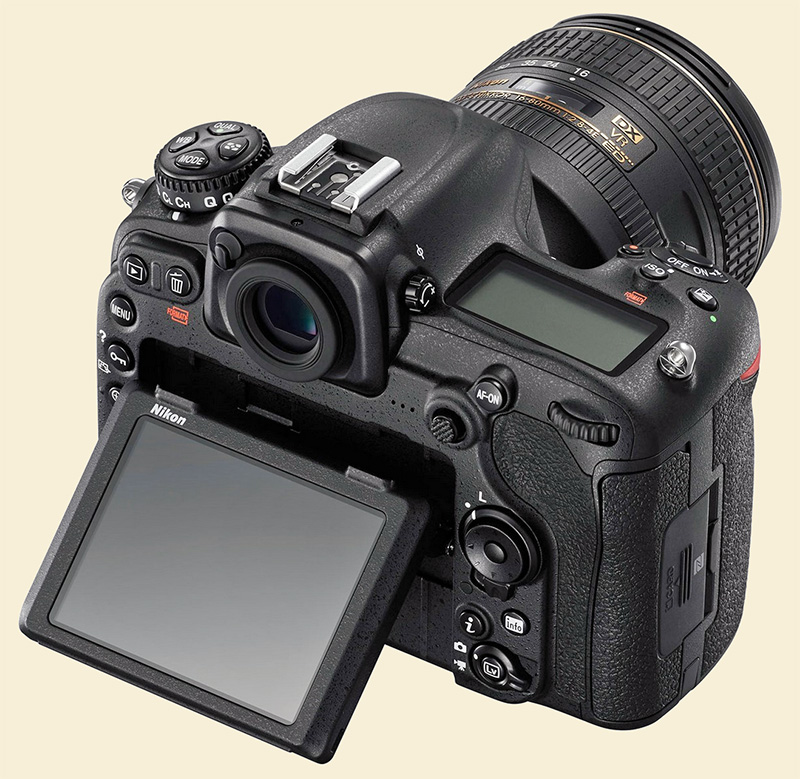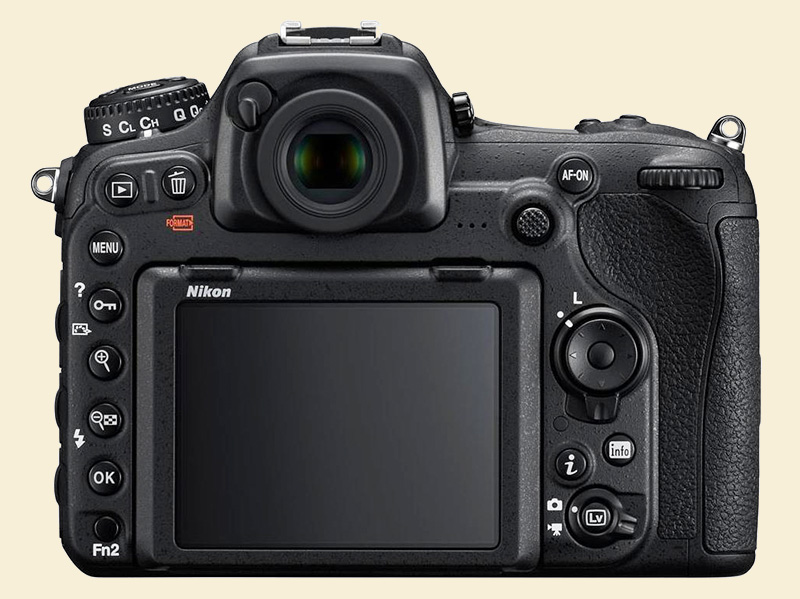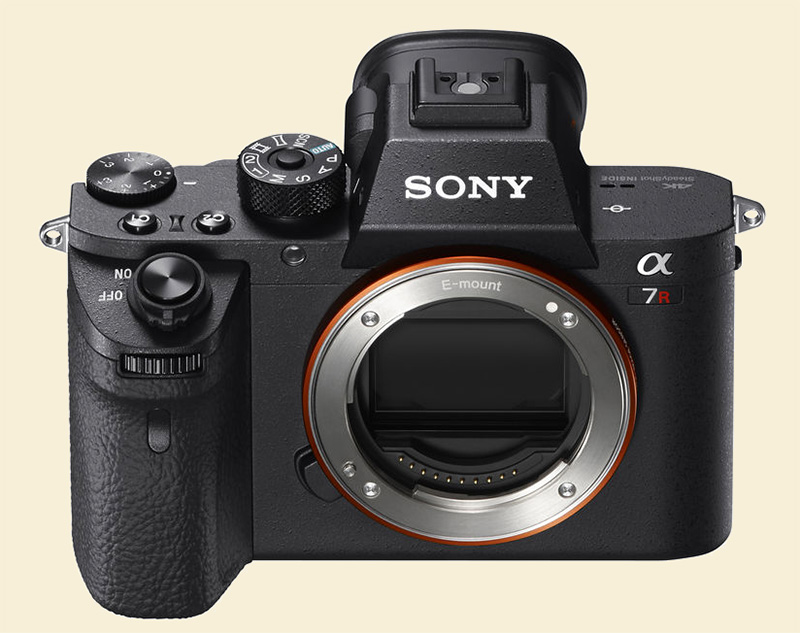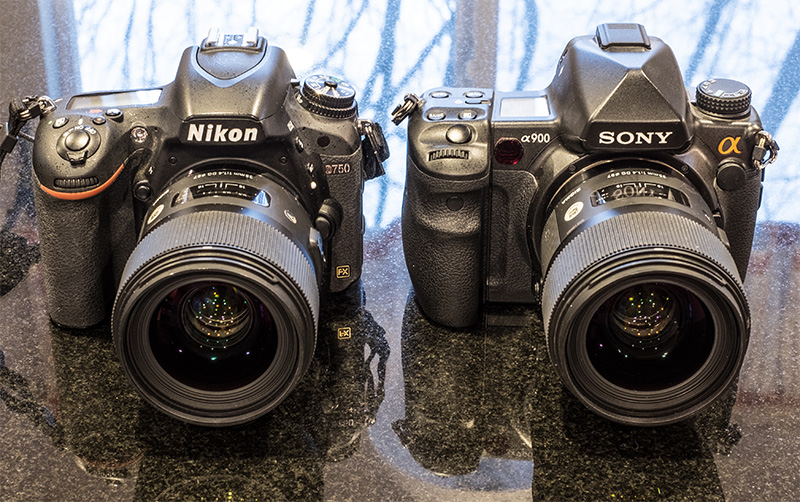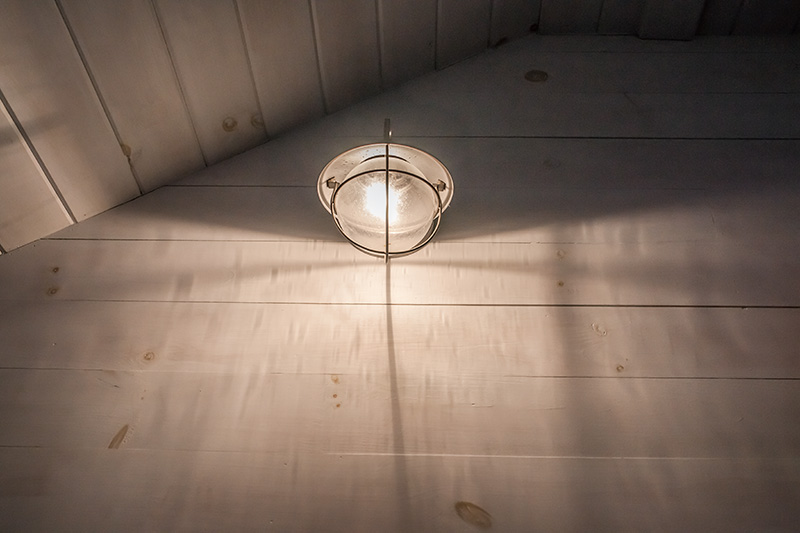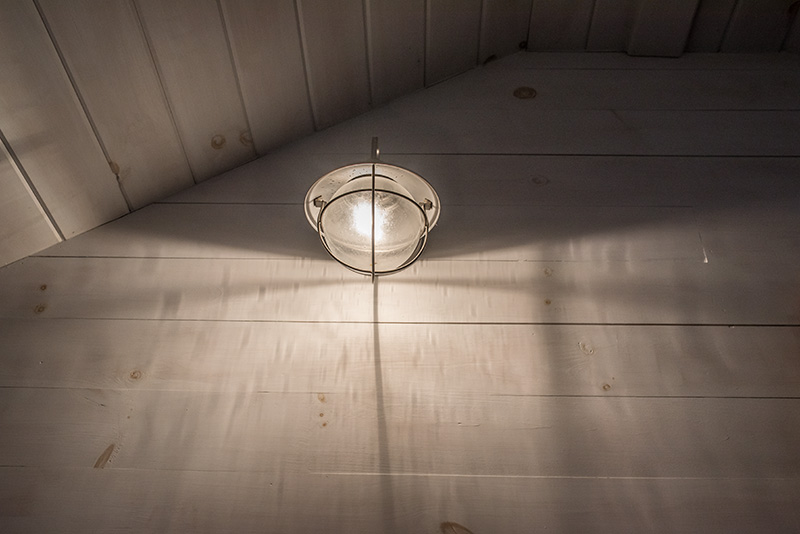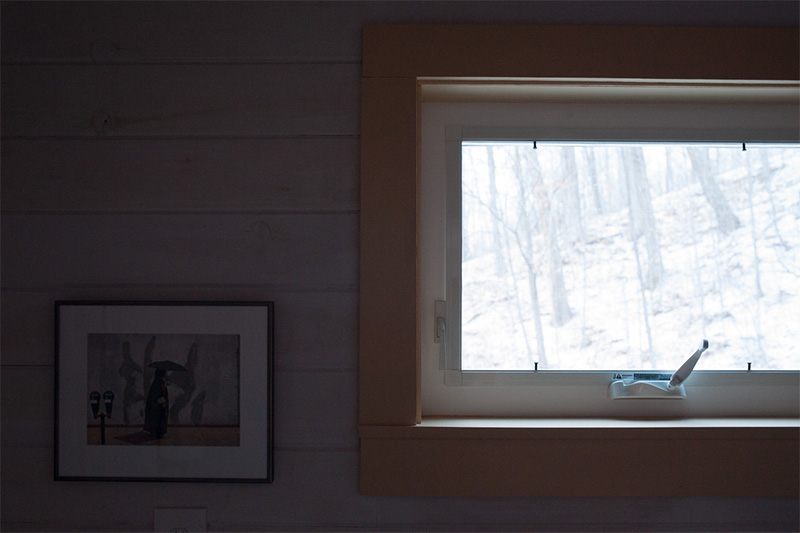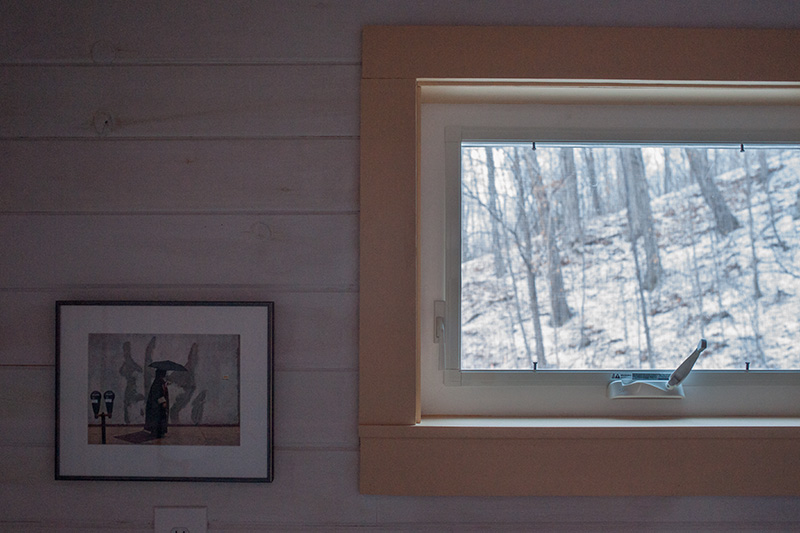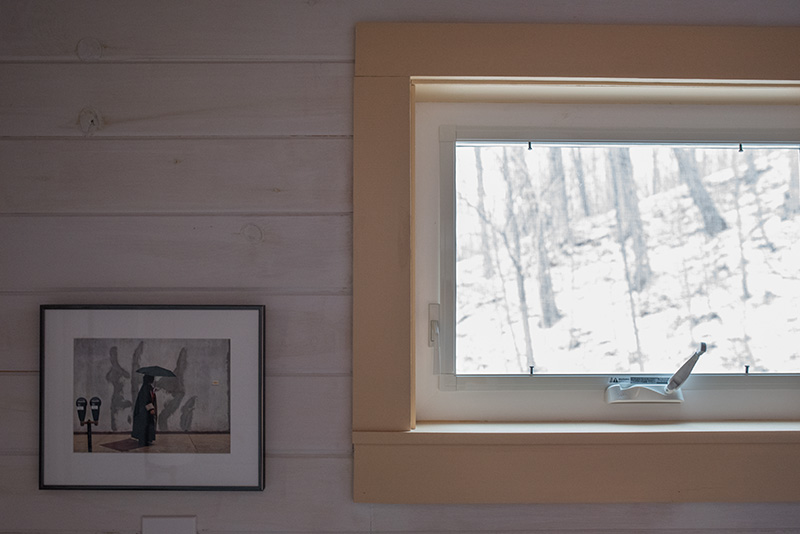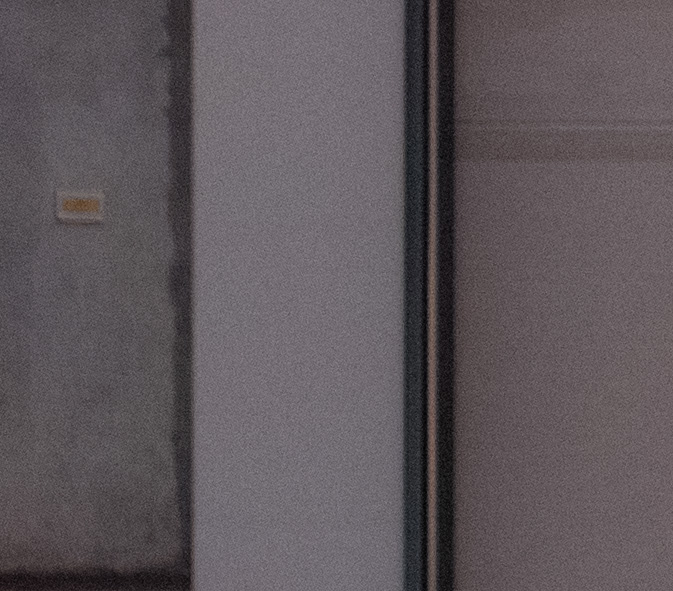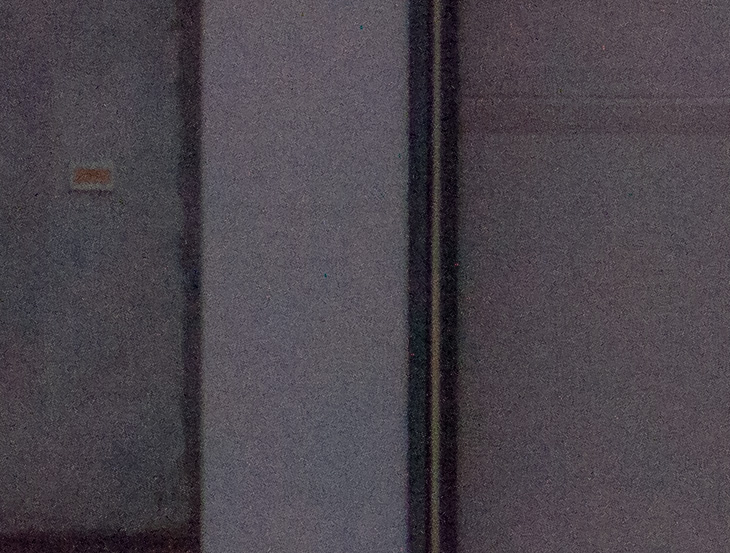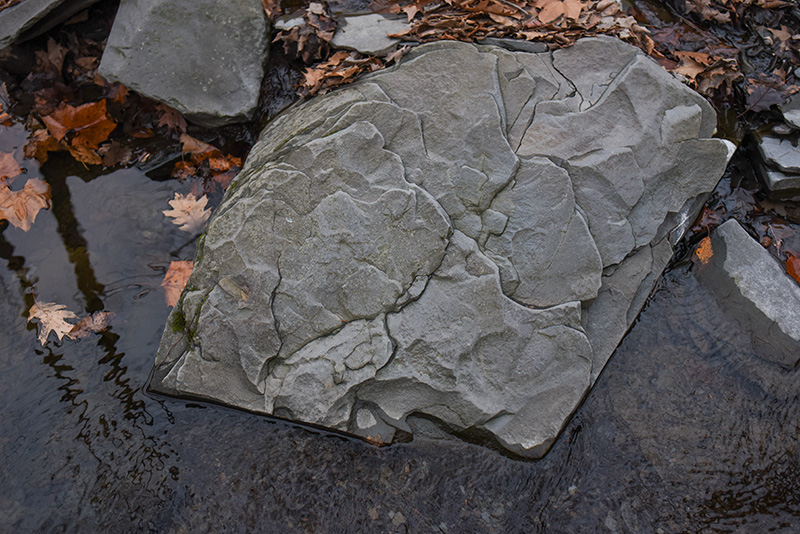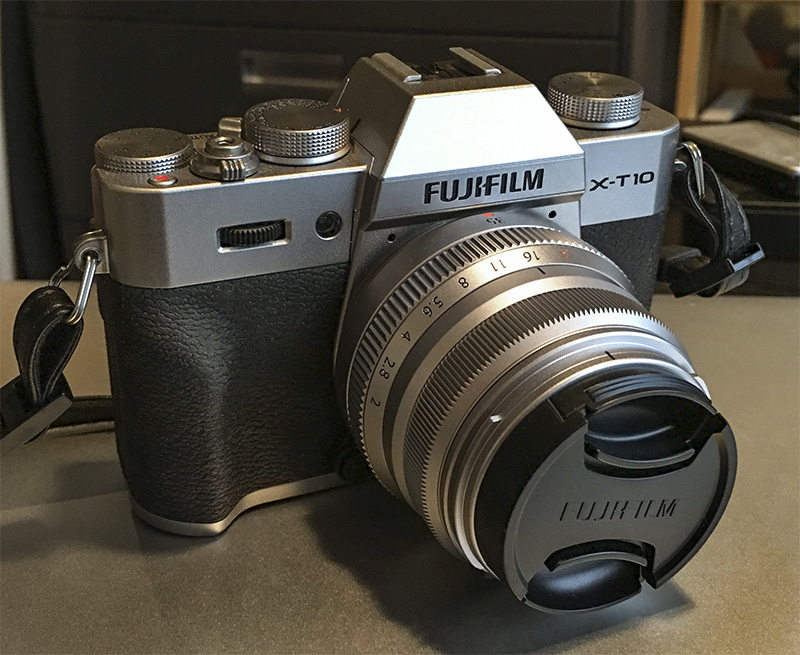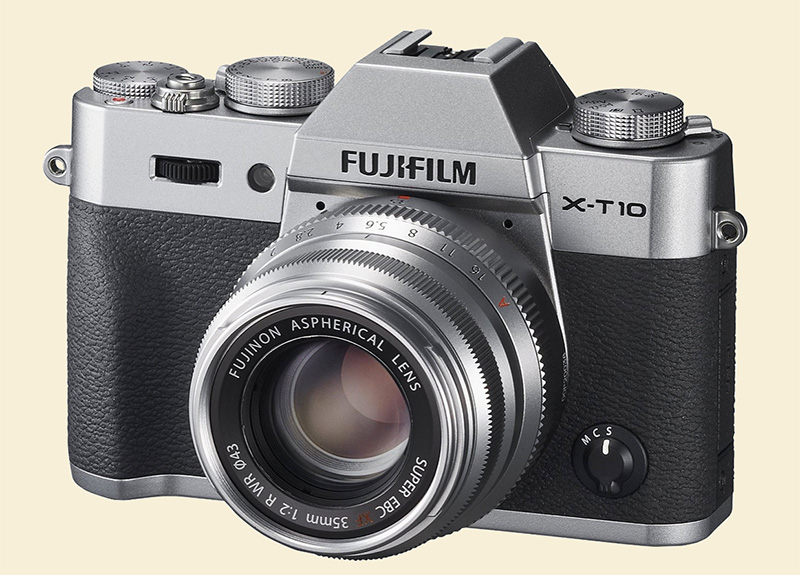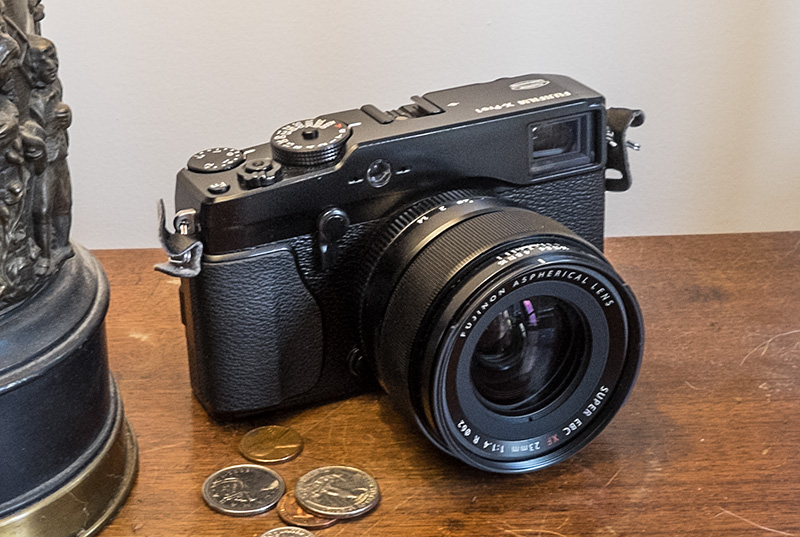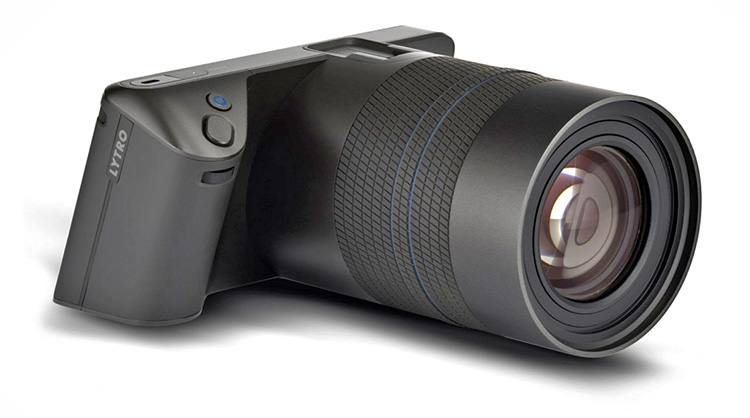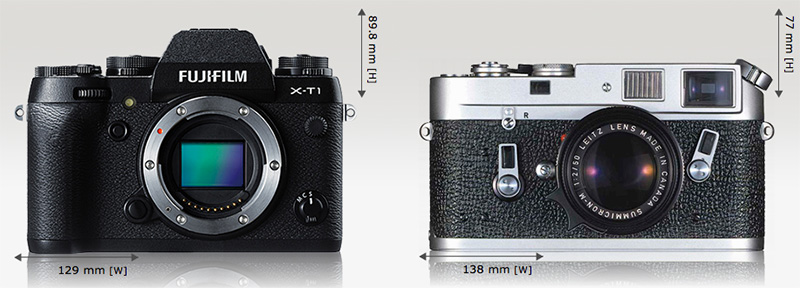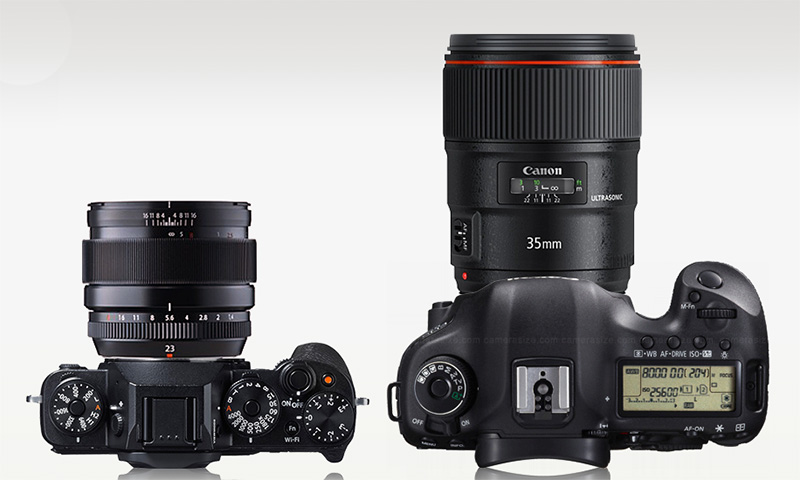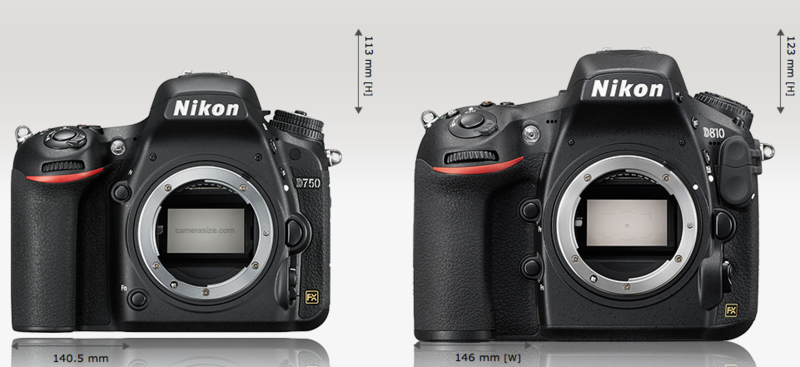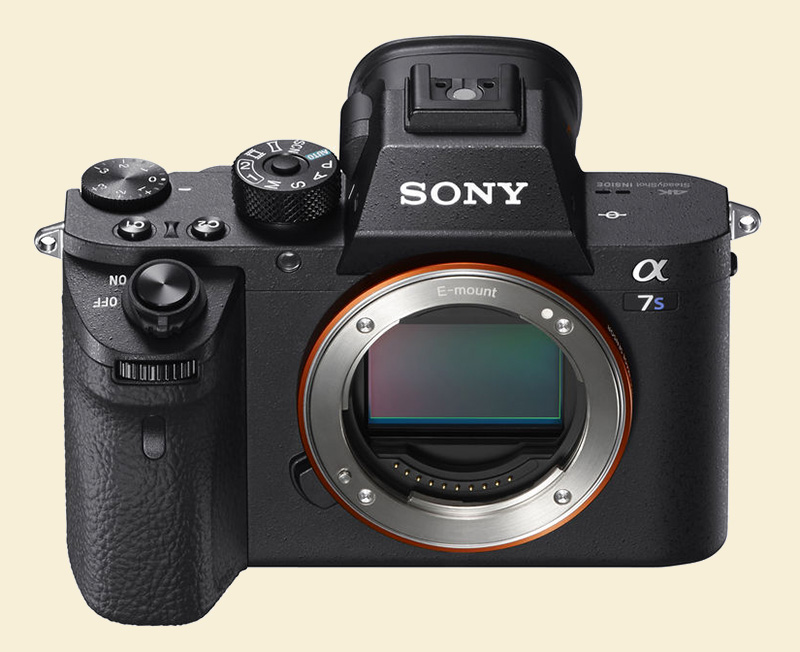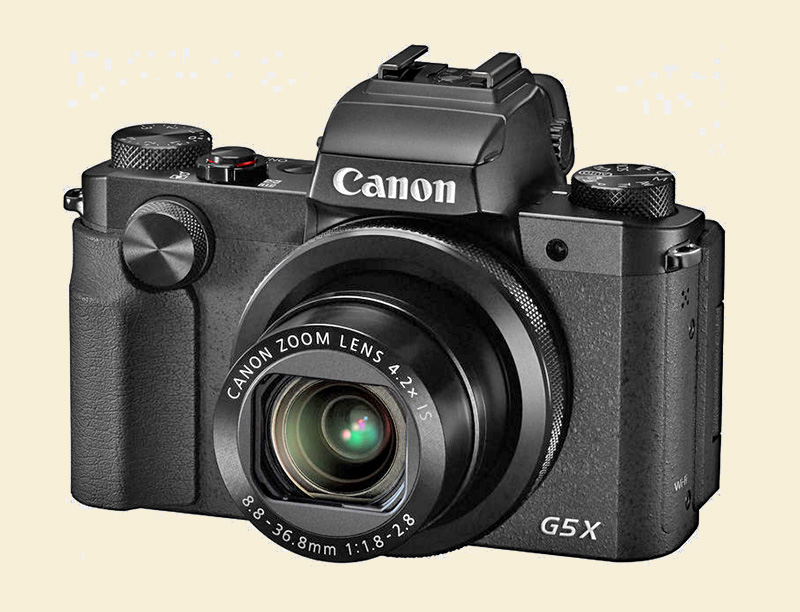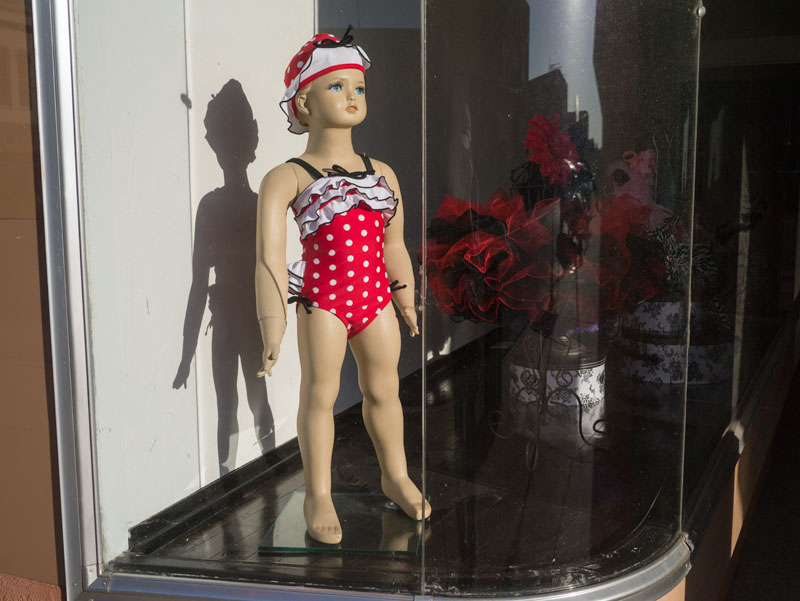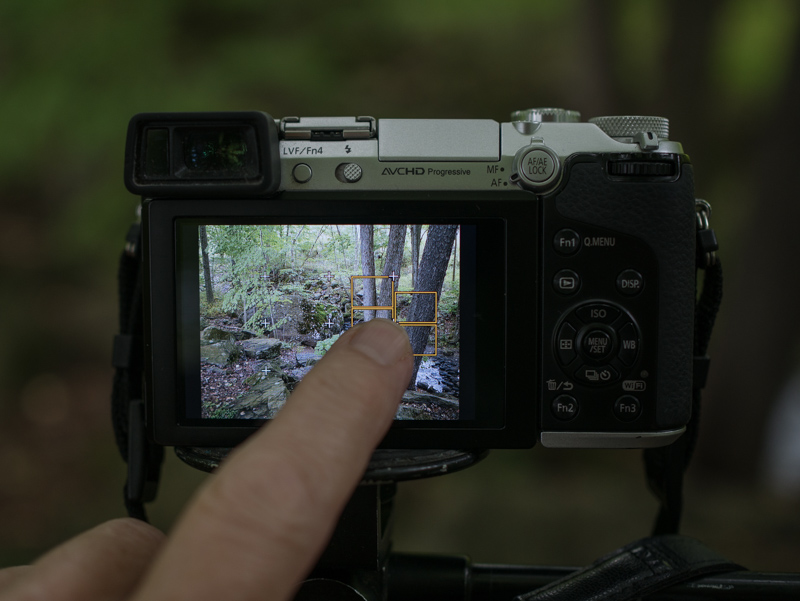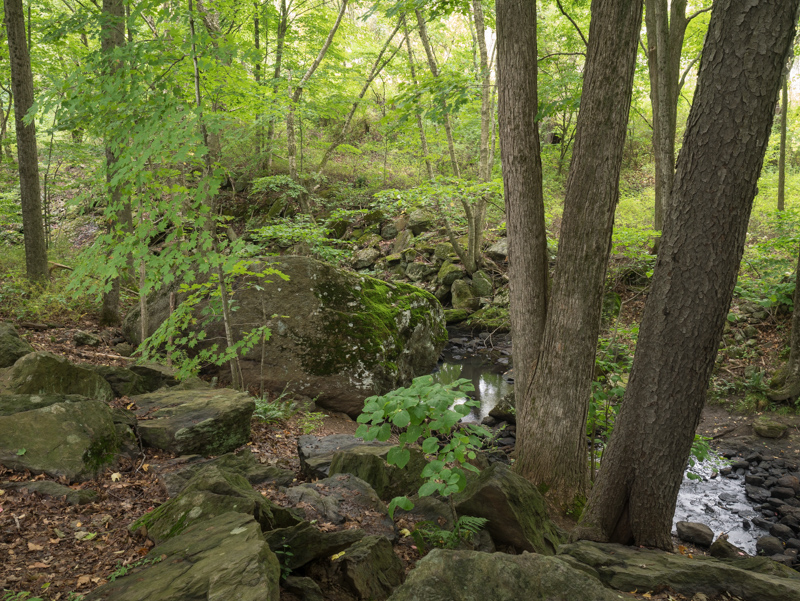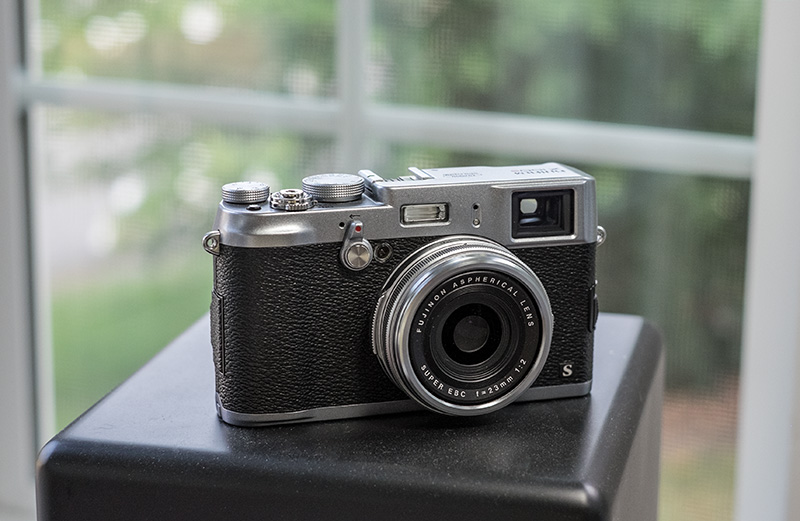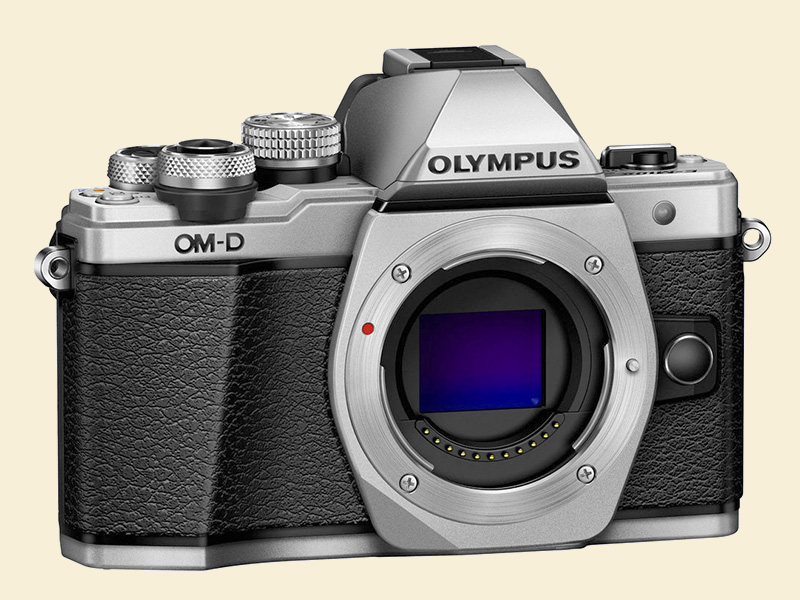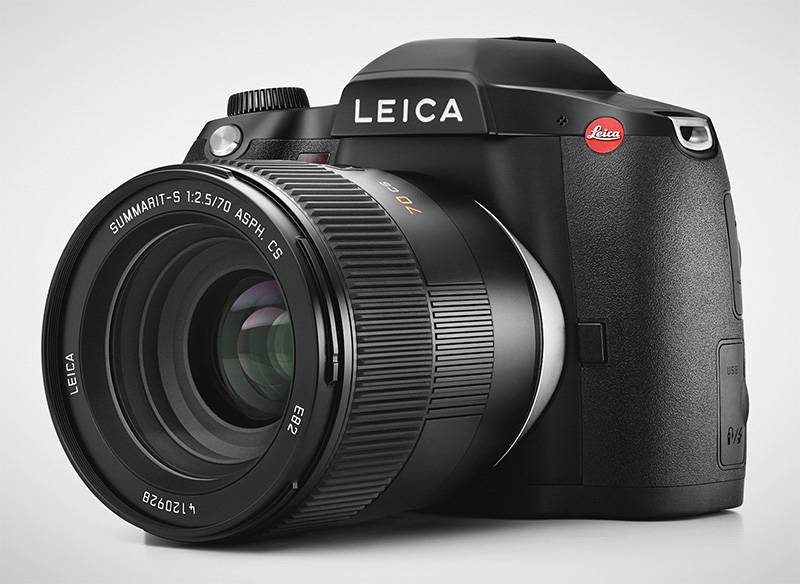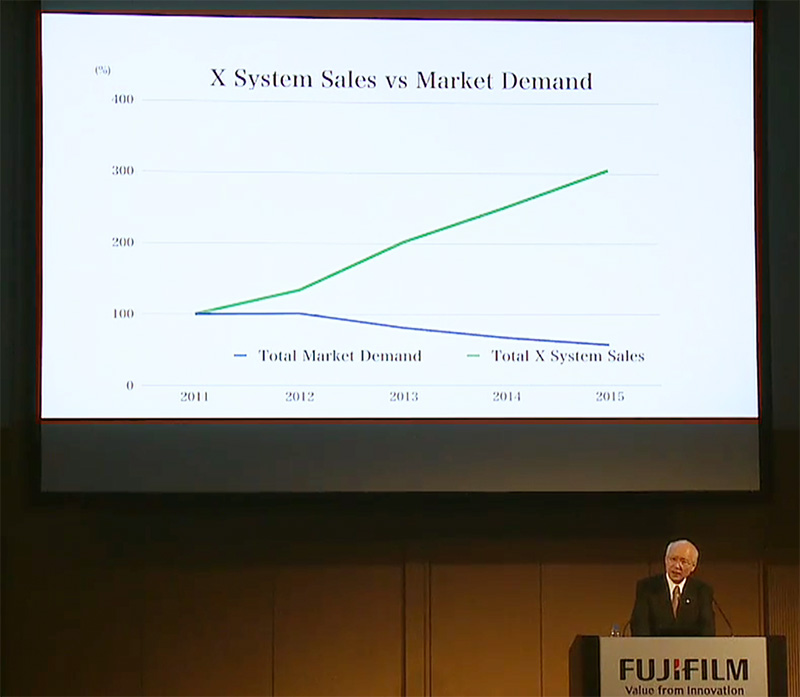 Fujifilm Senior Vice President Toru Takahashi at last night's press conference
Fujifilm Senior Vice President Toru Takahashi at last night's press conference
I ended up staying awake way past my bedtime last night to watch the Fujifilm press conference from Tokyo celebrating the fifth anniversary of the X System. They did a good job of fanning the Fujifilm fanboy flames.
Charting dramatic growth in sales despite a down market (see the graphic in picture above), Fuji had a lot of resources to throw at the new X-Pro2. My impression is that it's been comprehensively tweaked, with lots of input from users, in a way that could transform a good camera into a great one.
The viewfinder is the same (a good thing, since it's one of Fuji's greatest accomplishments) but built-in diopter correction has been added—something the original camera lacked. Fuji says the new 24-MP sensor out-resolves 36-MP Bayer sensors; the new processor is four times faster; both the viewing screen and the EVF are much higher resolution; and ISO can now be set the old-fashioned way, with a physical dial inside the shutter-speed dial. The camera now has a joystick instead of the old four-way control pad that drew criticism on both the X-Pro1 and the X-T1. The menus and user interface have been thoroughly revised. And the X-Pro2 takes dual SD cards.
Of course the main gripe about the X-Pro1 was focusing speed and especially low-light focusing, both of which were iffy when the camera was new, never mind now. Those things are lens-dependent, so it's going to take some time to sort out whether the improvements in those areas are, well, enough.
One thing that went unspoken is that many of these improvements will probably also grace the X-T2, which is promising.
It's amazing how much Fujifilm has accomplished in five years. It was all founded on the X100, which created a genuine worldwide sensation in 2011 and is now in its third iteration. That led to the X-Pro1, introduced with just three lenses. The system was completely a clean sheet, and is thus much more coherent that many older companies' offerings. The lens line had grown to 20 by 2015. A new 100–400mm super telephoto was introduced last night (which will require firmware updates in the cameras, coming in February).
Mr. Takahashi emphasized Fujifilm's commitment to keeping customers' cameras current as long as possible with firmware updates. That seems to be one reason for the essentially conservative, classic design, too. People want to keep their cameras a long time.
The idea of "balance" they touted isn't just marketing hooey. It's what I like best about the system, personally. That, and the fact that you can use the same lenses on several very different types of cameras.
I have to admit I went to bed when David Alan Harvey showed up (nothing personal, David).
I liked what I saw. The five new products (one for each of the system's five years, geddit?) include a future flash unit. The other four, ready sooner, are:
The XF 100–400mm (150–600mm-e) lens
The little fixed-lens X70, an apparent Ricoh GR II competitor which Ned Bunnell has offered to compare to the GR II for us as soon as he's able to get one. That one's probably aimed more squarely at the Japanese home market (a telltale is the fixed 28mm lens, a much more popular focal length in Japan than elsewhere).
Mike
P.S. By the way, although he wasn't name-checked, it sounds to me like one of the Fuji users Takahashi-san talked about might have been TOP reader Stephen Scharf.
Original contents copyright 2016 by Michael C. Johnston and/or the bylined author. All Rights Reserved. Links in this post may be to our affiliates; sales through affiliate links may benefit this site.
(To see all the comments, click on the "Comments" link below.)
Featured Comments from:
John McMillin: "That was the first camera rollout I've ever watched, so I have little basis for comparison. But I really appreciated the emphasis on the fun of photography. I wouldn't expect Nikon or Canon to do this, at least for their top-of-the line models. Instead, they would use the word 'important' as often as possible. The X-Pro2 sounds like a significant improvement, while keeping everything that made my X-Pro1 so unique and appealing. Though I treasure the OVF, it sure needed a better EVF for long-lens work.
"Still, I'm not quite convinced. It's the Pentax FF announcement I'm waiting for, then a little longer for those prices to fall below a grand or so."
Doug Thacker: "I can attest to the interest Fujifilm takes in the opinions of their customers. I happened to be in Tokyo in early 2014, and while there decided to visit the photo gallery that lies on the ground floor of Fujifilm headquarters. Towards the end of my visit, near the exit, I encountered two pleasant, besuited gentlemen who, it turned out, were senior executives with the camera division. They'd seen the X-T1 I held in my right hand and engaged me in conversation about it.
"Not just conversation, it turned out, but serious enquiry about my photographic practice, followed by further solicitation of my opinion of their gear. It was kind of mind blowing to be asked such questions by senior execs of the manufacturer of my camera. What was even more mind blowing, though, was the care with which they listened. Christ, if I'd known it was this easy I'd have headed to Tokyo years ago. I'm still really impressed by it. (Can you imagine Nikon execs doing this? Not a chance.) As a parting shot, I asked about the upcoming XPro-2. 'Full-frame?' I wondered. 'Too big,' came the reply, 'X-Pro already big enough.' And they were right, too.
"On another note, I imagine Fuji sees Sony as its primary competitor. I'm also guessing Fuji's primary product for penetrating the market is the SLR-type camera, the X-T1. If Fuji can match what Sony has done with its latest iteration of the A-series cameras (which it touts as having faster autofocus than a DSLR), Fuji will have won the game, at least as far as I'm concerned.
"Until then I'll take a pass on the X-Pro2. For now the X-T1 does everything I want it to do."
Kenneth Tanaka: "Fun stuff! Fujifilm has good reason to be proud of what they've created in so few years. They've created a terrific camera system with something for every style of enthusiast. Their wide family of lenses are very good. They have cameras to suit nearly every major fetish and Fujifilm back-shares advancements to previous models to a greater degree than nearly any other manufacturer. Personally I have made a substantial buy-into Fujifilm's line with four cameras and a bunch of lenses. They're fun to use.
"I do have two items on my punch list for Takahashi-san. First, I'd like to see just a bit more durable bodies. During the past two years I've had to repair two of mine for what amounted to damage under unstressful conditions. I realize that the cameras are not designed for daily pro abuse but they should be less fragile. Second, please update the X30 to a larger sensor, feeling free to retain all other details. It is the among the most enjoyable walk-around cameras I've ever used. Love it. Now a bonus third suggestion for Takahashi-san; make sure to have a native English-language staffer review your slides before you hit the stage.
"Thanks Fujifilm! Keep 'er goin'!"
Ash: "Hey Mike, Are you planning to purchase the X-Pro2?"
Mike replies: I'd love to, but I have a perfectly good X-T1 and little in the camera budget. There are several lenses I'd like to have that I haven't bought yet. Still recovering from all of last year's moving and house-outfitting expenses and probably will be for a while.
A reader and friend asked me by email why I really use Fuji. I'm fortunate in that I basically like the camera form-factor and the lens line, but bottom line is that the Fuji gives me the best black-and-white I've been able to get out of digital, and with little struggle. I can't say it's the "best" digital B&W, but it suits my tastes.
